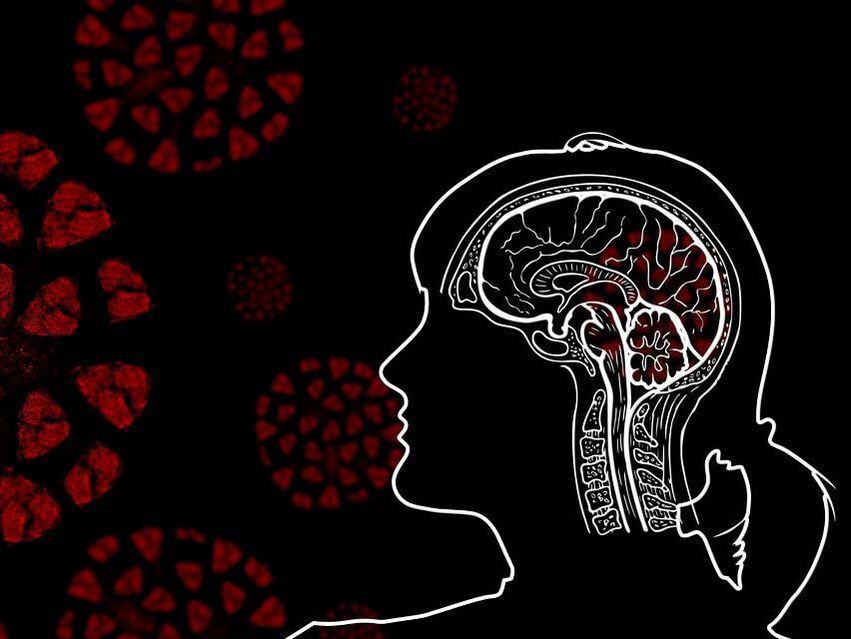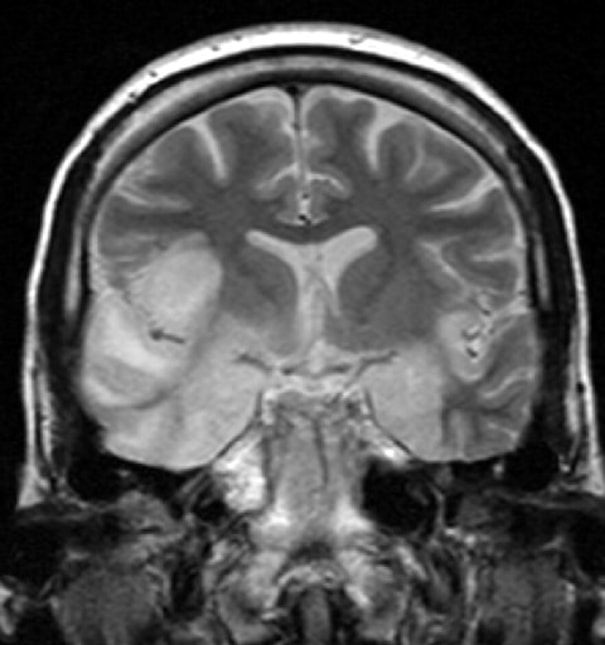The Unknown Long-Term Neurological Impact of COVID-19
The COVID-19 pandemic has been undeniably overwhelming, and with a vaccine becoming available in the near future, many people are looking forward to leaving this virus in the past. However, because the SARS-COV-2 virus is under ongoing investigation, the long-term effects of this virus on the body are an unknown health risk. One emerging trend is the growing number of neurological disorders in people infected with this coronavirus.
There have been two other coronavirus epidemics in the past, SARS-CoV in China in 2002 and MERS-CoV in the Middle East in 2012, and in both instances, there have been some cases of the disease in the central and peripheral nervous systems that followed. The most common of the conditions is encephalitis, which is inflammation of the brain. Other reported findings include different types of neuromuscular disease, neuropathy, cerebrovascular disease, as well as stroke.
There have been two other coronavirus epidemics in the past, SARS-CoV in China in 2002 and MERS-CoV in the Middle East in 2012, and in both instances, there have been some cases of the disease in the central and peripheral nervous systems that followed. The most common of the conditions is encephalitis, which is inflammation of the brain. Other reported findings include different types of neuromuscular disease, neuropathy, cerebrovascular disease, as well as stroke.
In the case of the current COVID-19 pandemic, estimates from the American Academy of Neurology have shown that in some parts of the world, up to 57% of people with COVID-19 developed neurological symptoms, with the most common symptoms being headache and dizziness. More severe symptoms that have been reported include loss of consciousness, muscle aches, loss of sense of taste and smell, seizures, and acute cerebrovascular disease, which are diseases related to blood flow in the brain.
It is not specifically known how or why the coronavirus can affect the nervous system, but one proposed theory by researchers speculates that after entering the body, the virus is able to circulate through the blood, cross the blood-brain barrier, and begin infecting neurons in the brain. This manifests into a range of neurological symptoms including headaches, dizziness, seizures, and loss of consciousness. These symptoms can set in about five to fifteen days after respiratory symptoms of COVID-19 appear. The proportion of neurological manifestations of the virus are much lower than of respiratory manifestations. A number of factors, including genetics and how the virus was transmitted to the body, could play a role in determining whether or not neurological symptoms may occur for those infected with the virus.
Currently, there are over 86 million confirmed cases of COVID-19 worldwide, meaning that there could potentially be a significant number of people who will be facing some of the neurological issues after recovering from this infectious disease. More knowledge about the SARS-Cov-2 virus comes to light everyday. These neurological manifestations of the virus in the human body have been observed in a number of cases, which is cause for concern for the long-term health of those who have been infected and recovered.
The connection between COVID-19 and neurological diseases is not well understood yet; there is still much research to be done to learn more about this coronavirus and how exactly it is connected to these neurological issues. This is why prevention through wearing a mask and practicing social distancing are the best measures one can take to avoid contracting COVID-19 and being at risk of developing any neurological diseases as a long-term effect.
It is not specifically known how or why the coronavirus can affect the nervous system, but one proposed theory by researchers speculates that after entering the body, the virus is able to circulate through the blood, cross the blood-brain barrier, and begin infecting neurons in the brain. This manifests into a range of neurological symptoms including headaches, dizziness, seizures, and loss of consciousness. These symptoms can set in about five to fifteen days after respiratory symptoms of COVID-19 appear. The proportion of neurological manifestations of the virus are much lower than of respiratory manifestations. A number of factors, including genetics and how the virus was transmitted to the body, could play a role in determining whether or not neurological symptoms may occur for those infected with the virus.
Currently, there are over 86 million confirmed cases of COVID-19 worldwide, meaning that there could potentially be a significant number of people who will be facing some of the neurological issues after recovering from this infectious disease. More knowledge about the SARS-Cov-2 virus comes to light everyday. These neurological manifestations of the virus in the human body have been observed in a number of cases, which is cause for concern for the long-term health of those who have been infected and recovered.
The connection between COVID-19 and neurological diseases is not well understood yet; there is still much research to be done to learn more about this coronavirus and how exactly it is connected to these neurological issues. This is why prevention through wearing a mask and practicing social distancing are the best measures one can take to avoid contracting COVID-19 and being at risk of developing any neurological diseases as a long-term effect.
Featured Image Source: geralt
RELATED ARTICLES
|
Vertical Divider
|
Vertical Divider
|
Vertical Divider
|






